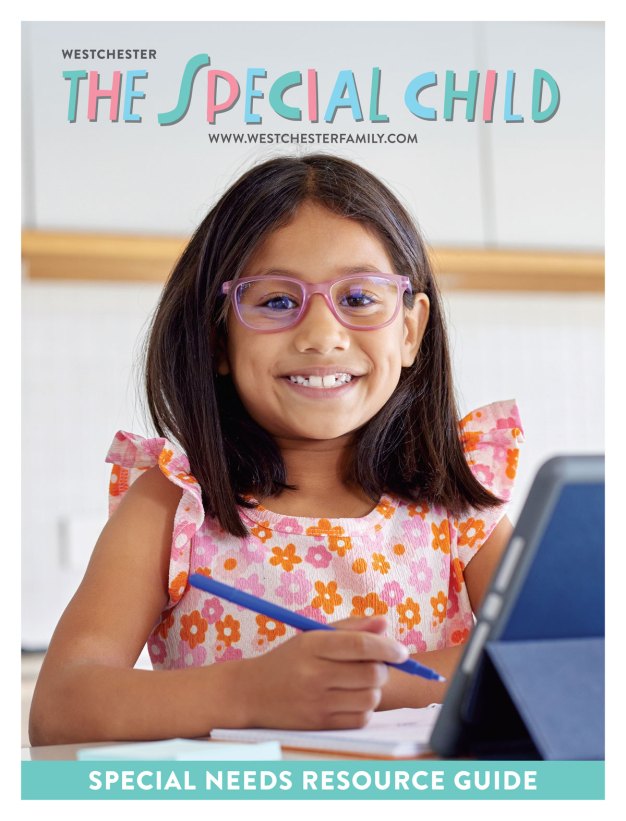Peak times for head lice exposures are vacations, returns from summer camp and the first semester of the school year. However, anytime kids are in close contact with one another, lice are possible, if not probable. Have no fear, the lice myth busters are here!
Myth #1 – Head lice infestations occur because of a lack of cleanliness.
Head lice love clean hair! It is easier for them to grip the base of the hair shaft so they can lay their eggs. Lice feed off a blood protein which they obtain from biting the scalp.
Myth #2 – Head lice are contracted from pets.
The Center for Disease Control (CDC) reports, head lice infestation, or pediculosis, is spread most commonly by close person-to-person contact. While head lice can be perceived as contagious, head lice are really human parasites. The CDC uses language like infestation rather than infection. Dogs, cats and other pets do not play a role in the transmission of human lice.
Myth #3 – Lice hop or fly from one infected person to the other.
Head lice multiply easily if there is close proximity to an affected person or the brush, combs or hats of an affected person are shared. Head lice are spread most commonly from head to head contact. Head lice do not hop or fly. Lice have no hind legs to hop and no wings to fly. Head lice do crawl, quite rapidly at times and blend into the hair shaft very well.
Myth #4 – After a lice infestation you must mega- clean your house, top to bottom including steam the carpets, curtains and burn the mattresses!
Housecleaning myths for lice eradication abound! Lice are not bedbugs. They do not survive off their host’s head. Lice have a 24 to 26-hour survival off a host’s head when removed from their blood supply so simple vacuuming will work to pick up bugs that have fallen off the head.
Myth #5 – Head lice will go away in one day by shampooing with over the counter pesticides and will kill all lice and their eggs.
Whether you choose to go to a doctor for a prescription shampoo or whether you choose one or more of the numerous green products, thorough, consistent comb outs with a lice comb is required after the shampooing to remove all lice and eggs. Follow up combings may be required for seven days, depending on the severity of the infestation.
The Facts
Head lice are small insects about the size of a sesame seed. Diagnosis is often made on the basis of finding lice eggs. Eggs are tiny, grayish white, tan or brown ovals that attach very tightly to hair shafts in the hair. These eggs cannot wash off or be blown away. It takes some effort to remove them from the hair shaft but once removed by hand or by combing out, they turn brown. Eggs may be found throughout the hair, but often are seen at the nape of the neck, behind the ears and at the crown of the head.
Solutions
While opinions and methodologies vary somewhat, lice removal experts, pharmacists and doctors
agree with the following basics. You may do it yourself or hire a lice removal specialist in your area to do it for you and your child. Specialists charge by the hour and some make house calls. Others have local salons.
Shampoo with a lice killing shampoo. You may get a prescription shampoo from a physician or use one of the green products recommended on the specialists’ websites. Today’s lice are resistant to over the counter pesticides. Avoid using them.
Do a thorough comb out immediately after the shampoo, using a lice comb. Comb out after the initial shampoo using a white creme rinse to catch the bugs and eggs, called nits. (Specialists have creme rinse recommendations.) A lice comb has long teeth and should be wiped with a white paper towel after every combing stroke to remove the lice and nits from the comb. Any darkness you see in the white liquid is a louse in one of its stages. The initial comb out may take up to two hours. Finish one small section of hair at a time and move to the next section.
Follow up comb outs should take place. The specialists recommend you do follow up comb outs. When and how often varies. Some say comb outs should take place every day for seven days after shampooing. Others say if the initial comb out was thorough, then another one is not needed until the seventh day. All agree, follow up is vital.
Head Checks
Since the life cycle of the louse is 14 days, check your child’s head at the two-week mark from initial treatment in case any lice remained.
Lice are as common as the common cold. While they are frustrating and time-consuming to deal with, they do not pose a serious health threat. Don’t panic! Get educated and get combing.
Laura Reagan-Porras is a parenting journalist, parenting coach and mother of two daughters who have battled lice and lived to share the tale. She can be reached through her website at heart2heartparents.com.












